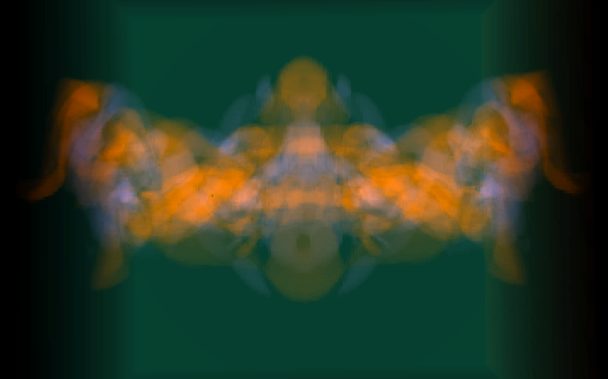Clustering Method for Identifying Regions of Interest in Turbulent Combustion Tensor Fields
February 1st, 2015
Categories: Applications, Visualization

Authors
Maries, A., Luciani, T., Pisciuneri, P.H., Nik, M.B., Yilmaz, S.L., Givi, P,, Marai, G.E.About
U.S. energy consumption is dominated by the burning of fossil fuels such as coal, natural gas and petroleum. Production of electricity and propulsion systems are two primary reasons for this energy use. Both processes, at their core, involve turbulent combustion. Turbulent combustion modeling is an important area of research driven by the effort to improve the efficiency of these processes, reduce fuel consumption and reduce pollution.
In order of decreasing fidelity and costs, three computational approaches to turbulence combustion are direct numerical simulation (DNS), large eddy simulation (LES) and Reynolds-averaged Navier-Stokes (RANS). Specific tensor quantities such as stress, strain, and turbulent stress play in these computational approaches, as part of the computational modeling process; these quantities are discussed in detail in our previous work. DNS requires directly capturing the wide range of lengthand time-scales. This severely limits the approach to simulations of relatively simple, canonical configurations. The complex nature of turbulent reacting flows can be attributed to the non-linear convection terms and scalar transport terms appearing in the coupled set of governing equations. In DNS these terms are accounted for without modeling. However, as discussed in more detail in our previous work. in both LES and RANS these terms create a closure problem and require modeling. As such, an important aspect of turbulence modeling and model validation involves comparison of the subgrid scale stress tensor (for LES) or the Reynolds stress tensor (for RANS) with available DNS data.
Resources
Citation
Maries, A., Luciani, T., Pisciuneri, P.H., Nik, M.B., Yilmaz, S.L., Givi, P,, Marai, G.E., Clustering Method for Identifying Regions of Interest in Turbulent Combustion Tensor Fields, Visualization and Processing of Higher Order Descriptors for Multi-Valued Data, Springer, pp. 1-18, Ingrid Hotz, Thomas Schultz, February 1st, 2015.